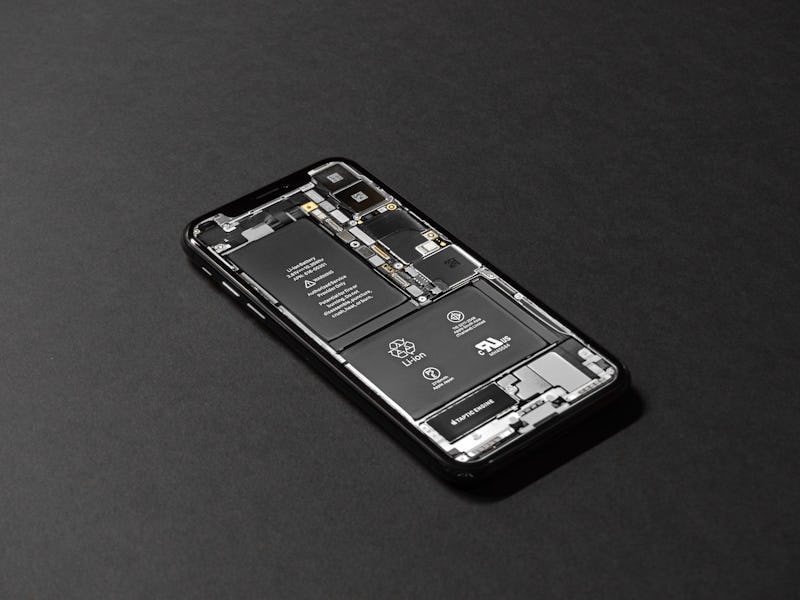Apple Event 2018, Big Question #6: The Premium Biggest iPhone's Selling Point
The company has form for focusing on the small stuff.

Leaks in anticipation of next week’s big Apple event suggest the company is getting to roll out three new smartphones, all of which are getting the iPhone X’s most popular features, like Face ID. That even includes the rumored “entry level” smartphone that’s supposed to be easy on the wallet. With a budget friendly iPhone getting so many of the latest features, a big question remains: What will be the main selling point for the pricier OLED models?
The new devices are expected to go by the name iPhone XS. The lineup will feature a $699 6.1-inch LCD model, an $899 5.8-inch OLED model, and a $999 6.5-inch OLED model that could come with the rather questionable name of “iPhone XS Max.” The important news for many consumers is that this year they won’t have to pay $999 to get the Face ID featured on the iPhone X, though of course Apple is not known for marketing their devices in a way that draws attention to value for money.
Should Apple resume its previous pattern of releasing a phone with an “S” suffix the year after a numbered phone (remember that Apple considers the “X” in “iPhone X” as the Roman numeral for “10”), it gives us clues about the company’s focus with branding. “S”-year phones tend to have minor cosmetic changes compared to the previous year’s, a pattern that began with the iPhone 3GS that launched in 2009. These phones instead tend to offer faster processor speeds than last year, an improved camera, and other changes that may not appear on the outside of the phone.
The iPhone 3GS.
Here’s how Apple marketed previous “S”-year phones:
- iPhone 3GS: The phone looked almost identical to the iPhone 3G, but the internal processor was bumped up to 600 MHz and the camera supported video recording. It was billed as “the fastest, most powerful iPhone yet.”
- iPhone 4S: This one also looked basically the same as 2010’s iPhone 4, but with a faster processor, Siri support and other internal jumps. Apple billed it as “the most amazing iPhone yet.”
- iPhone 5S: Apple took the design of the iPhone 5 from 2012 and added niceties like a fingerprint scanner, a new motion co-processor and dual LED flash. The main processor, the first 64-bit smartphone chip in the world, was designed by Pete Bannon, who would go on to work on Tesla’s autonomous driving chip. Apple sold it with the slogan “forward thinking.”
- iPhone 6S: The tried-and-tested iPhone 6 design from 2014 made a reappearance the following year, while also sporting faster internals and a new pressure-sensitive screen. Apple was a bit more upfront about the lack of external changes, declaring that “the only thing that’s changed is everything.”
Unlike most of these phones, the “XS” makes some pretty big cosmetic changes in the form of two extra screen sizes. If Apple goes ahead with rumored plans and adds on the “S” tag, it will send a clear sign that the company would prefer to market the device as a refinement of the iPhone X.
Last year’s device was powered by the A11 Bionic chip with support for on-device machine learning, offering two high-performance cores 25 percent faster than the iPhone 7 and four high-efficiency cores 70 percent faster than the last phone. The camera has a dual-lens arrangement with two 12-megapixels sensors working on f/1.8 and f/2.4 aperture. If Apple improves in these areas and others, as it did with previous “S” phones, it will have plenty to focus on.
Check out some of the other big questions we’re following ahead of next week’s big Apple announcement.